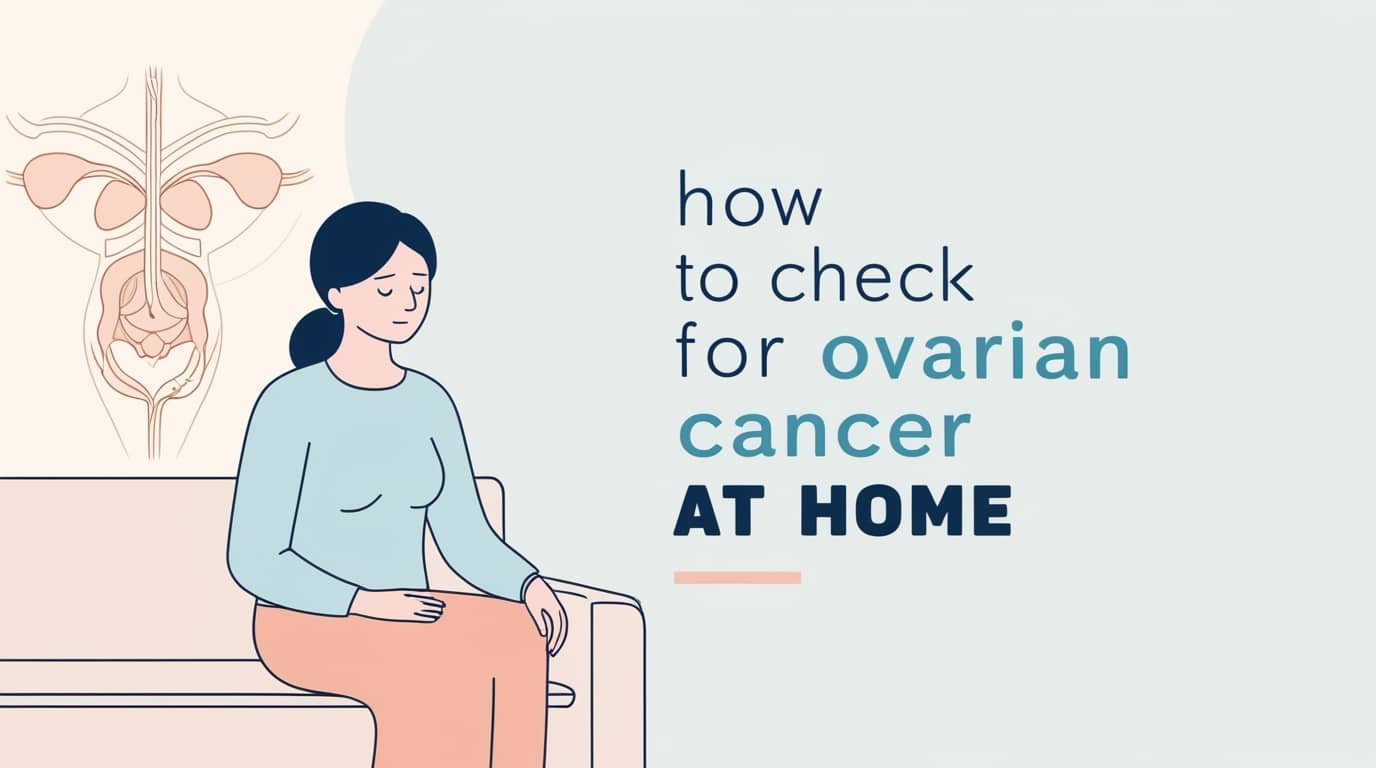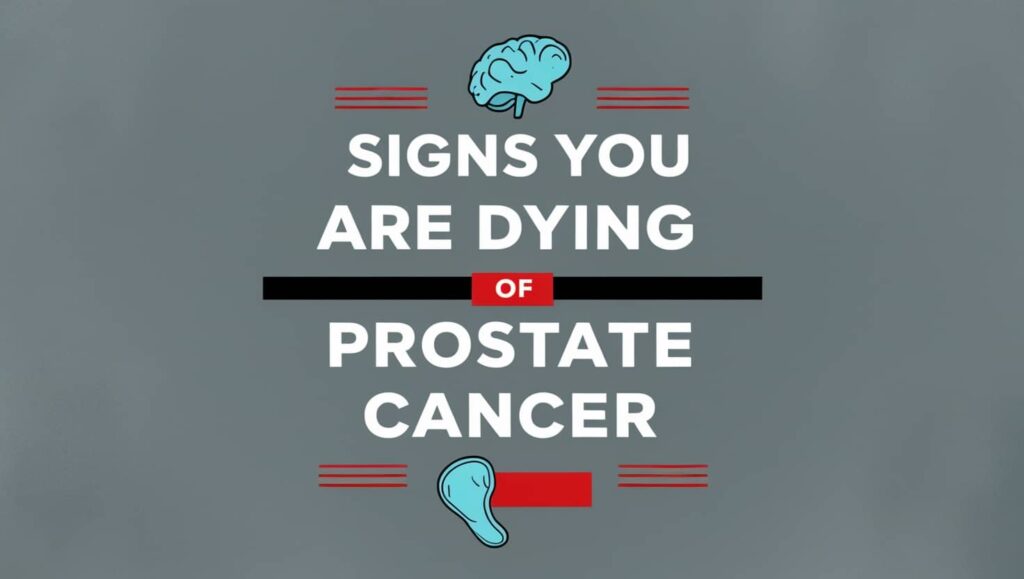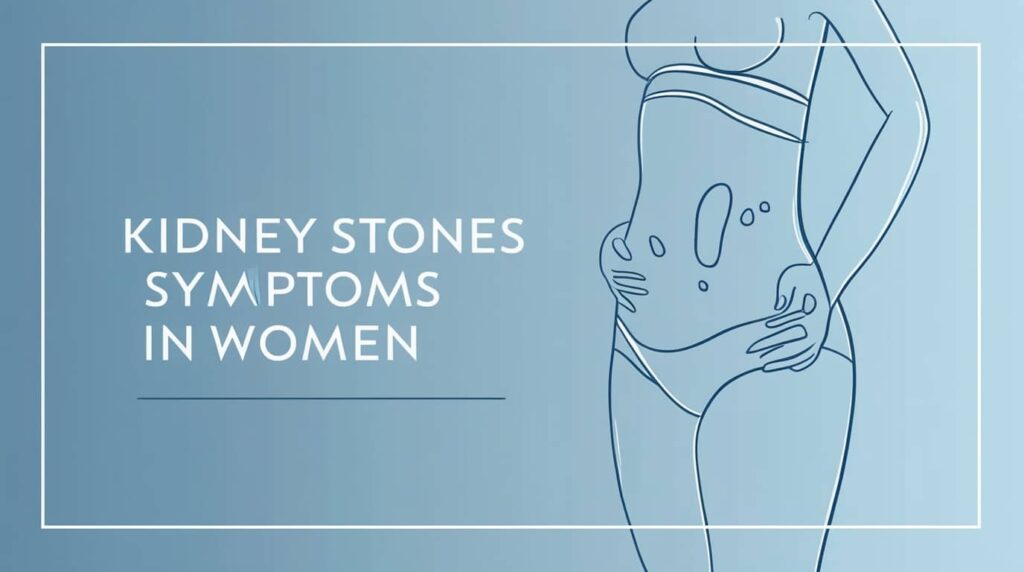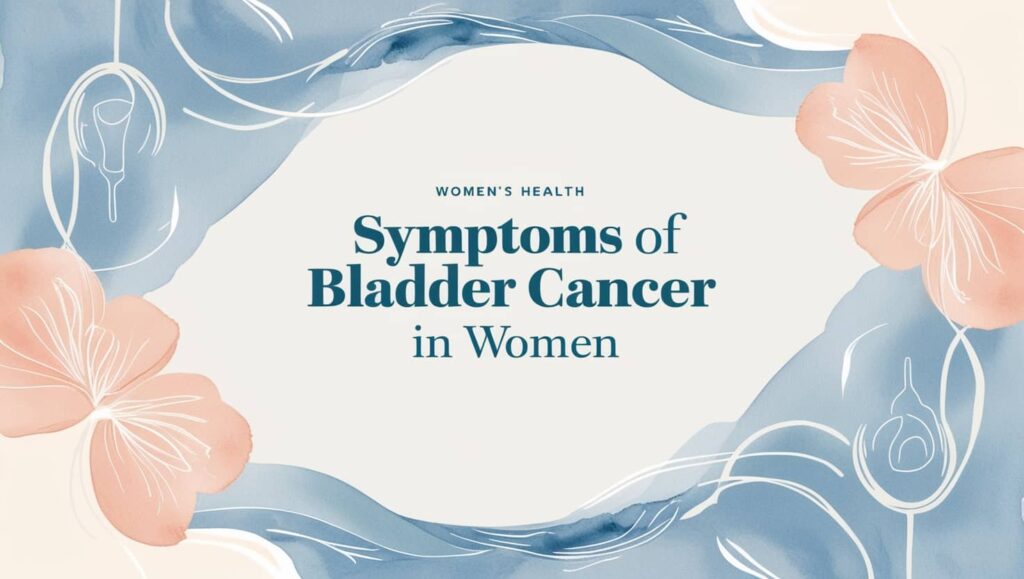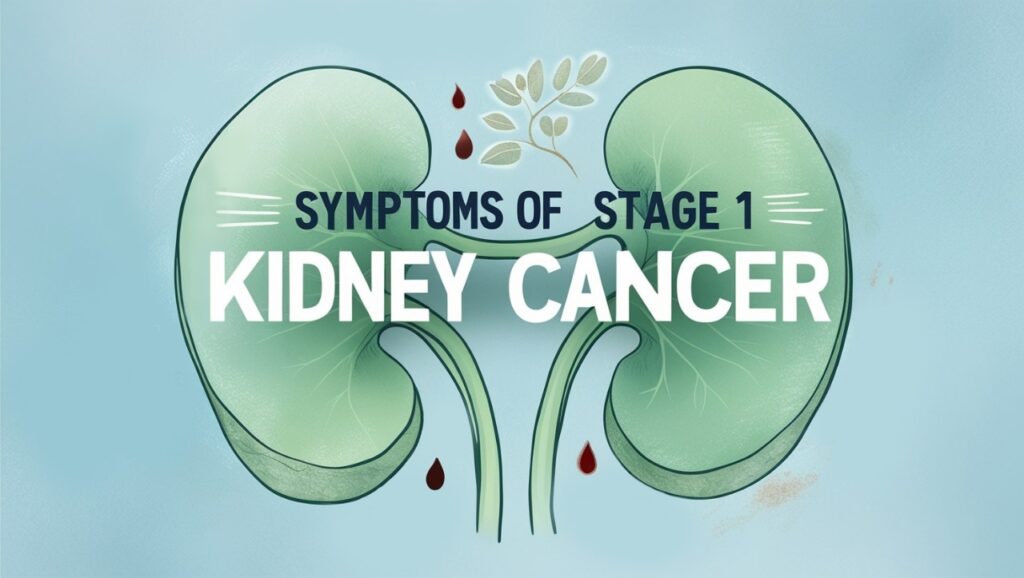Approximately 140,000 people worldwide die from ovarian cancer each year, making it the fifth most common cause of cancer-related mortality among women in the United States. When identified, there are frequently few treatment choices for this devastating disease, which manifests slowly. A basic comprehension of the signs and symptoms of ovarian cancer, as well as the current diagnostic methods and treatment choices, is essential for healthcare providers to provide the most effective care for their patients. A summary of ovarian cancer, including stages and home check methods, is given in this article.
Epidemiology of Ovarian Cancer
In 2008, an estimated 225,500 women had a diagnosis of ovarian cancer globally; in 2012, there were an estimated 238,700 new cases and 151,900 deaths from the disease. It is more prevalent in wealthy countries than in developing ones, with North Africa having the lowest incidence (2.6 per 100,000 year) and Northern Europe having its highest prevalence (13.3 per 100,000 annually). In Asia, China is thought to have 3.2 cases of ovarian cancer for every 100,000 people annually. Although Indonesia does not have official data on the prevalence of ovarian cancer, 829 new cases were estimated to have been detected in 2002. As people age, the incidence of ovarian cancer rises, increasing between the ages of 50 and 60.
Ovarian Cancer Risk Factors
According to research studies, women who menarched early (before the age of 12) and experienced menopause later (beyond the age of 50) had a greater likelihood to develop ovarian cancer because they had more ovulatory cycles. The risk of ovarian cancer is 1.1 to 1.5 times higher for women who menarche early and 1.4 to 4.6 times higher for women who menopause late. On the other hand, ovarian cancer may be avoided by breastfeeding, pregnancy, and the use of oral contraceptive tablets, which inhibit ovulation (5, 13).
Genetics is one of the most significant risk factors for ovarian cancer. Ten to fifteen percent of ovarian cancer cases have a genetic susceptibility. Breast and ovarian cancer are linked to abnormalities in the BRCA1 and BRCA2 genes. The oncosuppressive genes BRCA1 and BRCA2 are found on chromosomes 17q21 and 13q, respectively. Mutations in these genes result in uncontrolled growth of cells since they are also involved in the chromatin remodeling process. The chance of developing ovarian cancer is 50% for BRCA1 mutations and 20% for BRCA2 mutations.
Stages of Ovarian Cancer
A common method for classifying tumors that is used to decide treatment and prognosis is staging. The following are the stages for ovarian cancer:
Stage I: One or both ovaries are the only foci of cancer.
- Stage 1A: There is only one ovary growing and no external tumors.
- Stage 1B: There are no exterior tumors and growth is restricted to both ovaries.
- Stage 1C: The tumor lies on the surface of one or both ovaries and is either stage 1A or 1B.
Stage 2: The uterus or other adjacent organs have been affected by the cancer.
- Stage 2A: Cancer spread to the uterus and/or fallopian tubes and/or metastasis
- Stage 2B: The disease has propagated into additional pelvic tissues.
- Stage 2C: The tumor resides on the surface of one or both ovaries and is either in stage 2A or 2B
Stage 3: The cancer has advanced to the lining of the abdomen or lymph nodes.
- Stage 3A: Only the actual pelvis is affected by the tumor
- Stage 3B: Abdominal peritoneal surfaces that are metastatic and less than 2 cm in diameter
- Stage 3C: Peritoneal metastases larger than 2 cm in diameter that extend outside the pelvis
Stage 4: The cancer has progressed to other organs like the liver or lungs.

Stage 1 Ovarian Cancer Symptoms
Lower abdominal-pelvic symptoms may be more closely linked to pelvic involvement in early-stage (stage 1) illness. These main symptoms, including pelvic pressure, pelvic discomfort, and urinary symptoms, were found in the pelvic area. Other research additionally demonstrates that, in comparison to individuals with late-stage disease, people with early-stage cancer experience symptoms less frequently.
Stage 2 Ovarian Cancer Symptoms
If a woman was diagnosed with a stage 2 ovarian cancer, it indicates that the cancer has spread to her nearby organs in addition to ovaries. It could be in the uterus, bladder, or the lining of the abdomen. However, it hasn’t made it to lymph nodes or other distant body areas.
Stage 3 Ovarian Cancer Symptoms
- Gastrointestinal habit changes include vomiting, diarrhea, constipation, and possibly intestinal obstruction brought on by tumor growth.
- Discomfort during sexual activity: during sexual activity, the patient may have discomfort on one side or widespread pain that resembles menstruation cramps.
- Back pain: patients may feel discomfort between the hip and rib cage or in the lower back.
- Accidental weight changes: when stomach fluid builds up, patients may gain weight. On the other hand, cancer cachexia, a sickness that causes patients to lose weight and muscle mass, or a lack of appetite could be the cause of weight loss.
- Abdominal fluids: this happens when a significant amount of fluid accumulates due to liver and abdominal cancer. Breathing problems may result from this fluid compressing against the lungs.
For Stage 3 ovarian cancer, the five-year survival rate is 41% on average.
Stage 4 Ovarian Cancer Symptoms
Stage 4A: Malignant pleural effusion, a disease in which cancer cells are found in the fluid surrounding the lungs, but have not progressed to the liver, spleen, or lymph nodes outside of the abdomen.
Stage 4B: The spleen or liver, lymph nodes outside the abdomen or pelvis, and/or other locations beyond the peritoneal cavity are all affected by cancer.
See Also: Kidney Stones Symptoms in Women
What is the Stage 4 Ovarian Cancer Survival Rate by Age?
The average relative 5-year survival rate is roughly 31%.
How to Check for Ovarian Cancer at Home?
According to a study conducted by experts at UW Medicine, at-home genetic testing kits for ovarian cancer risk have performed well when compared to the standard genetic testing technique, which requires frequent clinic visits and counseling.
Instead of identifying the existence of ovarian cancer, at-home testing kits identify your risk for the disease. Determining the level of risk and implementing appropriate preventive actions are beneficial. These kits might not be completely reliable, though, and further research is needed to demonstrate their efficacy.
Treatment Options for Ovarian Cancer
- The primary treatment for ovarian cancer is surgery. It may be able to treat ovarian-specific diseases.
- Adjuvant chemotherapy after surgery should be considered for stage II and late-stage cases, however it is typically not proposed for ovarian-only disease.
- There is no benefit to neoadjuvant (presurgical) chemotherapy over postsurgical chemotherapy starting. Routine maintenance chemotherapy after the initial treatment is not supported by the evidence.
Read Also: Why Am I Suddenly Lactose Intolerant?
Summary
Surgery is typically used to treat ovarian cancer, either in combination with intraperitoneal and intravenous chemotherapy. Primary care doctors have important responsibilities in end-of-life care and after treatment follow-up.
References
- Budiana, I. N. G., Angelina, M., & Pemayun, T. G. A. (2019). Ovarian cancer: Pathogenesis and current recommendations for prophylactic surgery. Journal of the Turkish German Gynecological Association, 20(1), 47–54. https://doi.org/10.4274/jtgga.galenos.2018.2018.0119.
- Penny S. M. (2020). Ovarian Cancer: An Overview. Radiologic technology, 91(6), 561–575.
- Chan, J. K., Tian, C., Kesterson, J. P., Monk, B. J., Kapp, D. S., Davidson, B., Robertson, S., Copeland, L. J., Walker, J. L., Wenham, R. M., Casablanca, Y., Spirtos, N. M., Tewari, K. S., & Bell, J. G. (2022). Symptoms of Women With High-Risk Early-Stage Ovarian Cancer. Obstetrics and gynecology, 139(2), 157–162. https://doi.org/10.1097/AOG.0000000000004642

